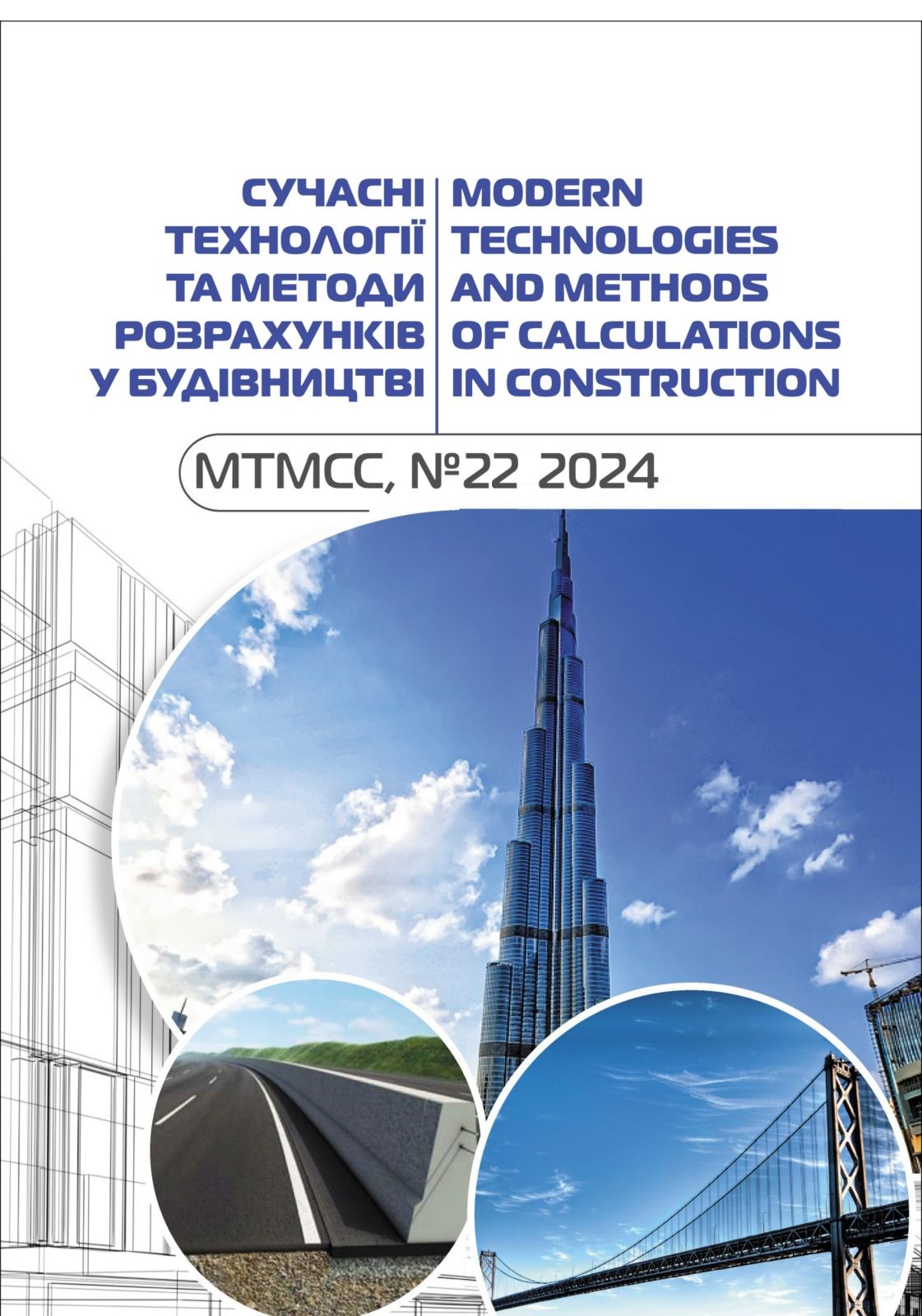Influence of modifiers on the structural and physical characteristics of rigid polyurethane foam
Abstract
Experimental studies of the influence of modifiers on the structural and physical characteristics of rigid polyurethane foams were carried out in this work. The article analyzes the structure and properties of polyurethane foam material. The methods of manufacturing PPU materials are presented with an assessment of the advantages and disadvantages of each method.
Rigid polyurethane foams were manufactured by pouring into open molds. The main components for obtaining foam were polyol (component A), which included a foaming agent, and polyisocyanate (component B). We used different weight ratios of polyol and polyisocyanate for preparing experimental samples. As a viscous modifier siloxane rubber was used. As a granular modifier of two types swollen perlite of volcanic origin was used.
It is shown that the modifying additives of siloxane rubber and granular perlite enter the structure of polyurethane foam heterogeneously, forming an independent phase. The microstructure of the test samples was characterized, their morphology was described, the average density was determined, and the porosity of the modified foam material was investigated. It was established that the addition of silicone into the polyurethane system leads to a change in the morphology of the pores and the emergence of a mixed type of porosity. For some samples, it was the presence of both closed and open pores. In the case of using as a modifier expanded granular perlite, the foam's porosity does not change and all pores in obtained foam are closed.
Further studies of the properties of PPU modified with expanded perlite in the direction of practical application as a heat-insulating material were described.








